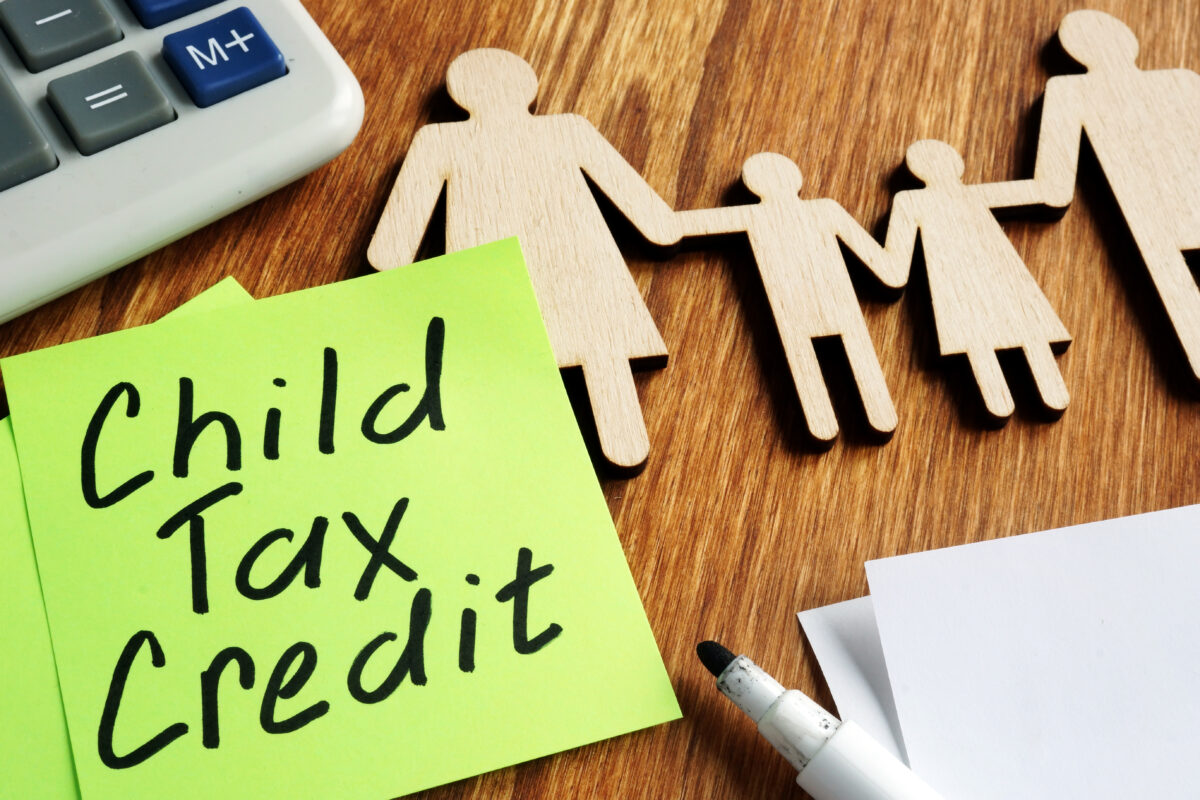
How to Opt Out of the Advanced Child Tax Credit Payments and Why You Might Want To
What is the Advance Child Tax Credit?
The American Rescue Plan Act (ARPA) increased the 2021 child tax credit from $2,000 to $3,000 for qualifying children ages 6 to 17 and $3,600 for qualifying children under age 6. This credit is fully refundable, and the IRS will begin sending automatic payments on July 15 to eligible recipients. The amount of the payments, known as the Advance Child Tax Credit, will be your total estimated 2021 Child Tax Credit divided by 12, which is $250 per month for the $3,000 credit and $300 per month for the $3,600 credit. There will be six monthly payments, and the IRS will send Letter 6419 in January 2022, which will show the total amount of Advanced Child Tax Credit payments you received.
The Child Tax Credit begins to be reduced to $2,000 per child if your modified AGI in 2021 exceeds:
- $150,000 if married and filing a joint return or if filing as a qualifying widow or widower;
- $112,500 if filing as head of household; or
- $75,000 if you are a single filer or are married and filing a separate return.
The Child Tax Credit won’t begin to be reduced below $2,000 per child until your modified AGI in 2021 exceeds:
- $400,000 if married and filing a joint return; or
- $200,000 for all other filing statuses.
What are the tax return implications of the Advance Child Tax Credit?
Like the Stimulus payments issued in 2020 and 2021, the amount of the credits you received will need to be reconciled on your 2021 tax return. The difference, however, is that overpayments of the Advance Child Tax Credit will need to be repaid. The IRS estimate of the credit is based on your 2020 tax return or your 2019 tax return if 2020 has not been filed. If your circumstances have changed for 2021, you can update your information on the IRS website so that they have the most accurate information. Keep in mind that the refund you would typically receive will be reduced by the Advance Child Tax Credit amount you receive. Also, if your normal refund is less than the Advance Child Tax Credit you received, then you could end up owing.
Reasons you may want to opt out of the Advance Child Tax Credit payments
You may want to opt out of the advance payments if your 2021 tax situation varies significantly from your 2020 tax return filing. This could include an increase in income over the thresholds or a decrease in the number of children you will be claiming. For example, divorced parents that alternate who claims a child every other year may want to opt out to avoid a surprise tax bill for the 2021 tax year. You can opt out by going to the IRS website. You can opt out of the program three days before the first Thursday of the month of payment. This means you would have had to opt out by June 28 to avoid the first payment, but you can still opt out of future payments. If you choose to opt out after receiving a few payments, the IRS will still send you Letter 6419 in January to reconcile the credit on your tax return. Your total refund will be reduced by the amount of the payments you received. The IRS will later update the Opt Out Tool to allow taxpayers to update their income estimates and dependent details.
For more information, refer to the IRS’s website pages:
- 2021 Child Tax Credit and Advance Child Tax Credit Payments Frequently Asked Questions
- 2021 Child Tax Credit and Advance Child Tax Credit Payments: Resources and Guidance
Also refer to Yeo & Yeo’s article, Here Come the Child Tax Credit Payments: What You Need to Know.
